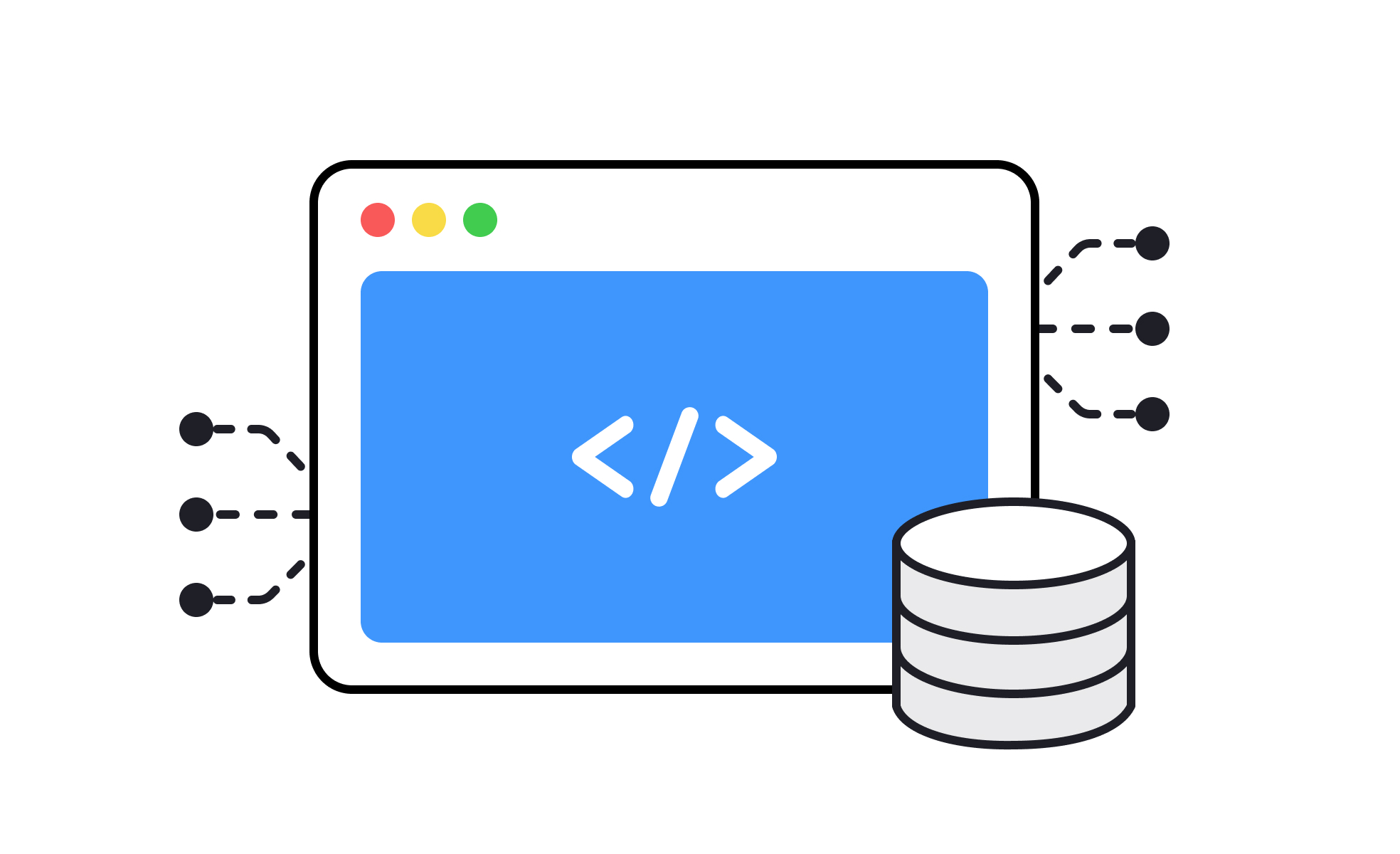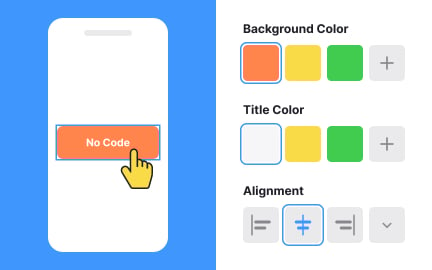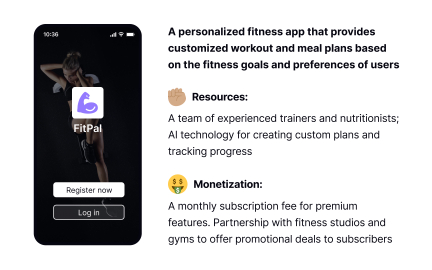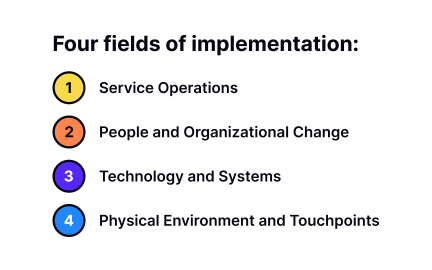Backend Development
Backend development involves building and maintaining server-side software, databases, and application logic that support frontend interfaces.

What is Backend Development?
Backend development builds the server-side systems that power applications behind the scenes. While users see frontend interfaces, backend systems handle data storage, user authentication, business logic, payment processing, and integration with external services. It's like building the engine room of a ship - invisible to passengers but essential for everything to work.
Backend development includes server programming, database design, API development, cloud infrastructure management, security implementation, and performance optimization across distributed systems.
Backend Development Across Product Lifecycle
Product managers must understand backend implications when making feature decisions and technical trade-offs that affect user experience and business operations.
Technical feasibility assessment
Evaluate whether backend systems can support new features without major architectural changes. Instagram's Stories feature required massive backend modifications to handle ephemeral content at scale, influencing timeline and resource allocation.
Performance requirements definition
Define acceptable response times and load capacity based on user expectations and business needs. Amazon's 100ms latency requirement drives all backend decisions because every 100ms delay costs 1% in sales.
API design and integration planning
Collaborate with backend teams on API contracts that enable frontend development and third-party integrations. Stripe's product managers co-design APIs with engineers, resulting in developer documentation that competitors struggle to match.
Scalability planning and architecture decisions
Anticipate growth patterns and plan architecture accordingly. Zoom's backend team prepared for 10x user growth, enabling smooth scaling from 10 million to 300 million daily users during pandemic demand spikes.
Backend Development Best Practices
Architecture principles:
- Microservices enable independent scaling and deployment of different system components
- Stateless services allow horizontal scaling across multiple server instances
- Event-driven design creates loose coupling between system components
- API-first approach enables frontend and mobile development in parallel
Security implementation:
- Input validation on all endpoints prevents injection attacks
- Rate limiting protects against abuse and denial-of-service attacks
- Encryption at rest and in transit protects sensitive user and business data
- Regular dependency updates prevent known security vulnerabilities
Performance optimization:
- Database query optimization reduces response times and server load
- Multi-level caching improves response times and reduces database pressure
- Asynchronous processing handles time-intensive tasks without blocking user requests
- Connection pooling efficiently manages database and service connections
Backend development refers to the process of creating and maintaining the server-side components of a software application or website. It involves writing code and implementing functionalities that handle data processing, server communication, and business logic. Backend developers work with programming languages such as Python, Java, Ruby, or Node.js, and use frameworks and technologies like Django, Spring Boot, Ruby on Rails, or Express.js to build the server-side infrastructure that supports the overall functioning of the application.
Backend development plays a crucial role in shaping the design and user experience of a website or application. The backend is responsible for handling data management, processing user inputs, and powering the functionality of the frontend. A well-designed backend ensures smooth data retrieval and processing, efficient server responses, and secure data handling. By optimizing the backend code and database structure, backend developers can improve overall performance, reduce loading times, and enhance the user experience by providing fast and seamless interactions.
Backend development plays a crucial role in ensuring the accessibility of a website or application. Backend developers work closely with frontend developers and designers to implement accessibility features and standards that enable users with disabilities to access and navigate the application effectively. Backend development involves integrating accessibility-friendly practices such as providing alternative text for images, supporting keyboard navigation, implementing ARIA roles and attributes, and ensuring proper semantic markup. These backend implementations contribute to a more inclusive user experience, allowing individuals with visual, auditory, motor, or cognitive impairments to interact with the application using assistive technologies. By considering accessibility during backend development, developers can help ensure that the website or application is usable and accessible to a wider range of users, promoting inclusivity and equal access to digital services.
Recommended resources
Courses

HTML Foundations

Enhancing UX Workflow with AI

CSS Foundations
Lessons

HTML Layout

Size & Composition

Implementation of Changes in Service Design
Exercises
Projects

NextKit Database Connection Kit with SupaBase, MongoDB, Prisma

DiviDigger













